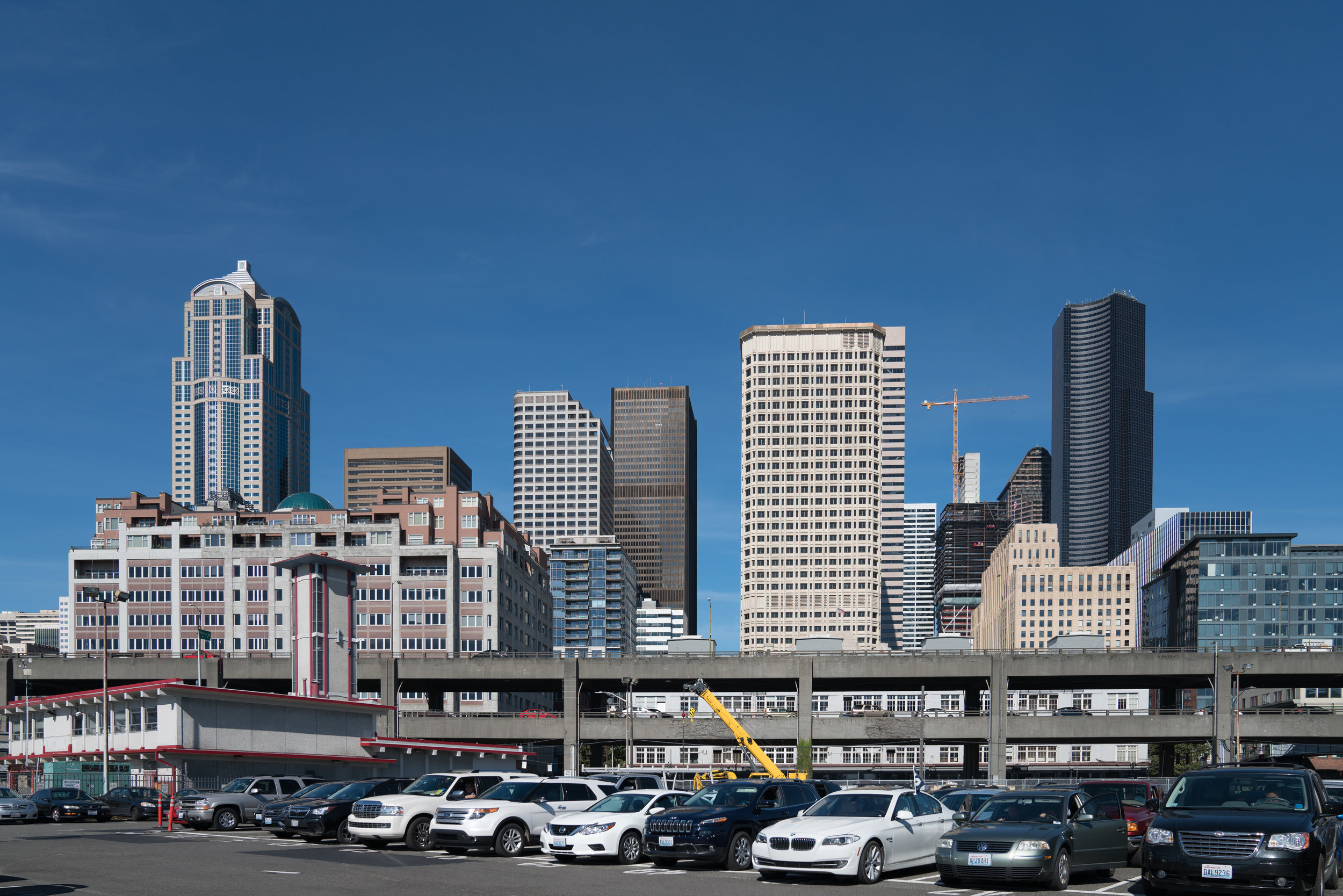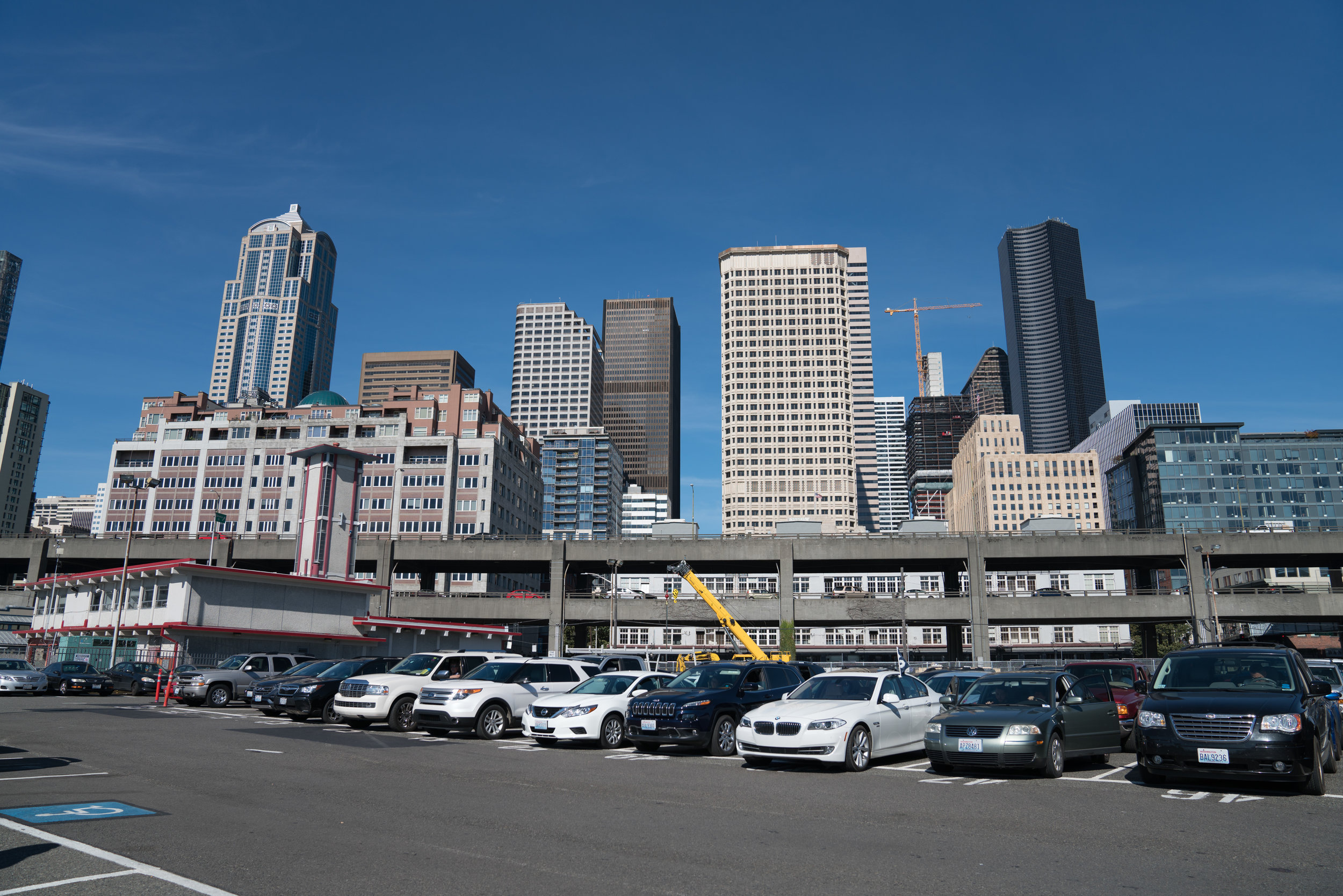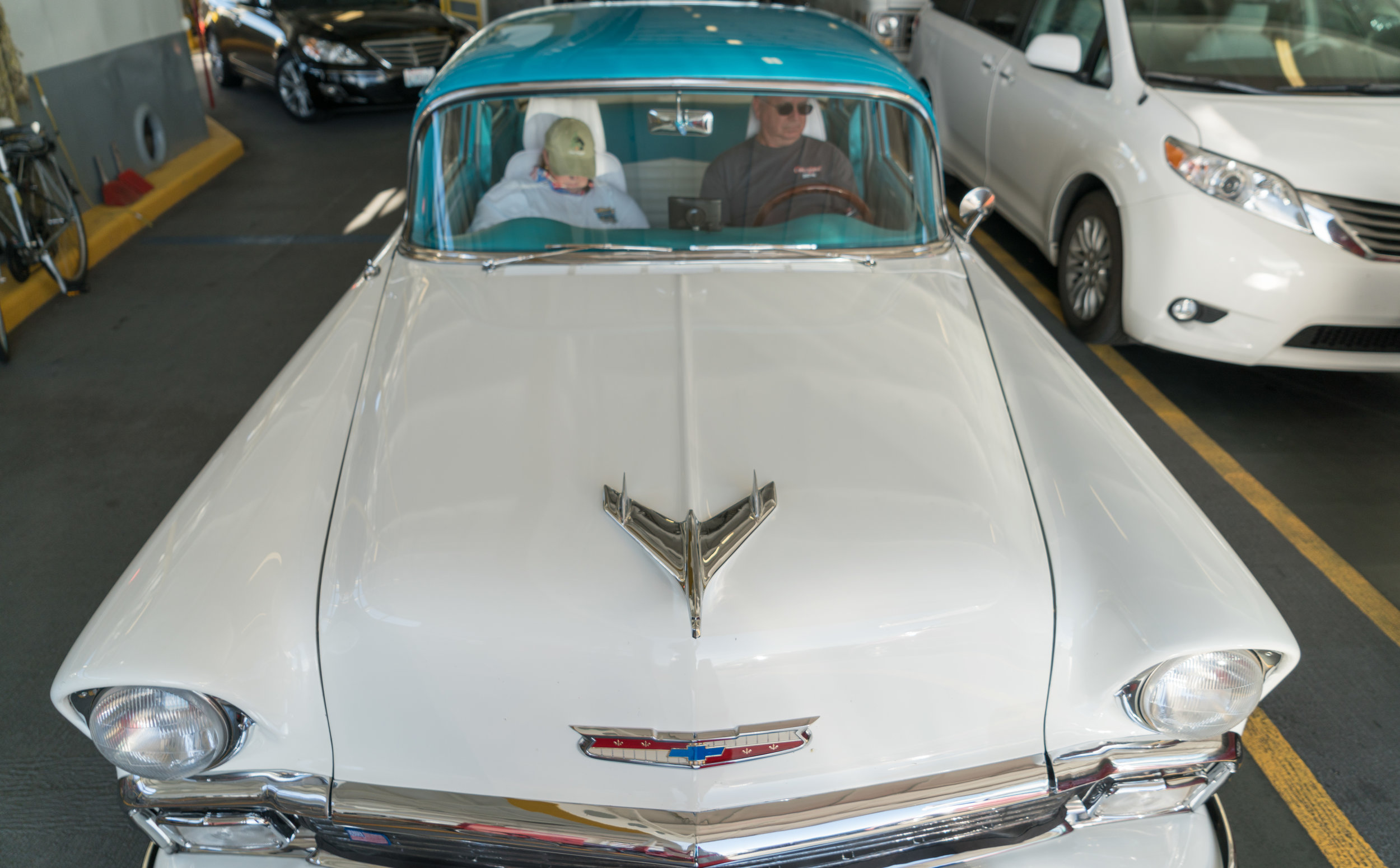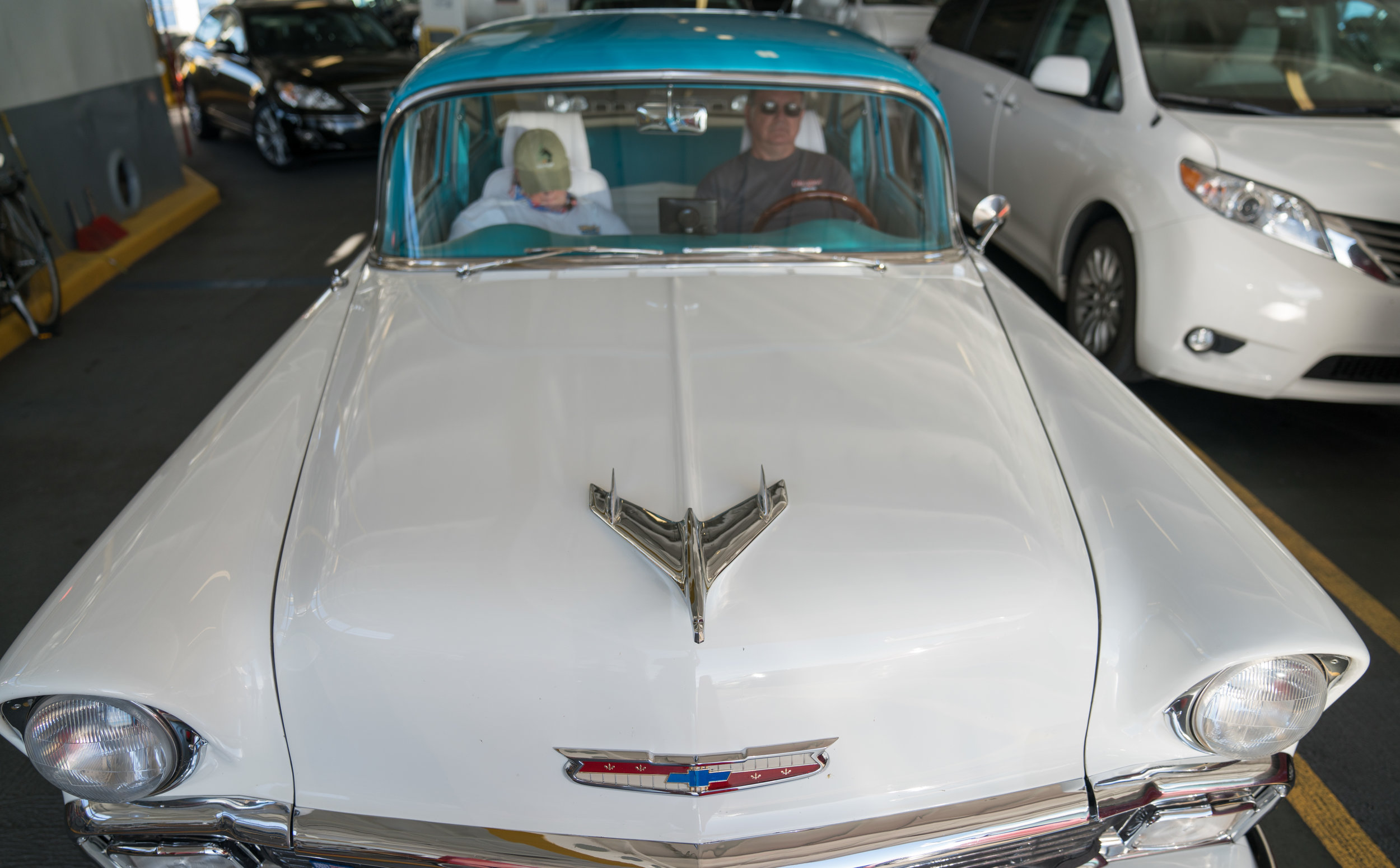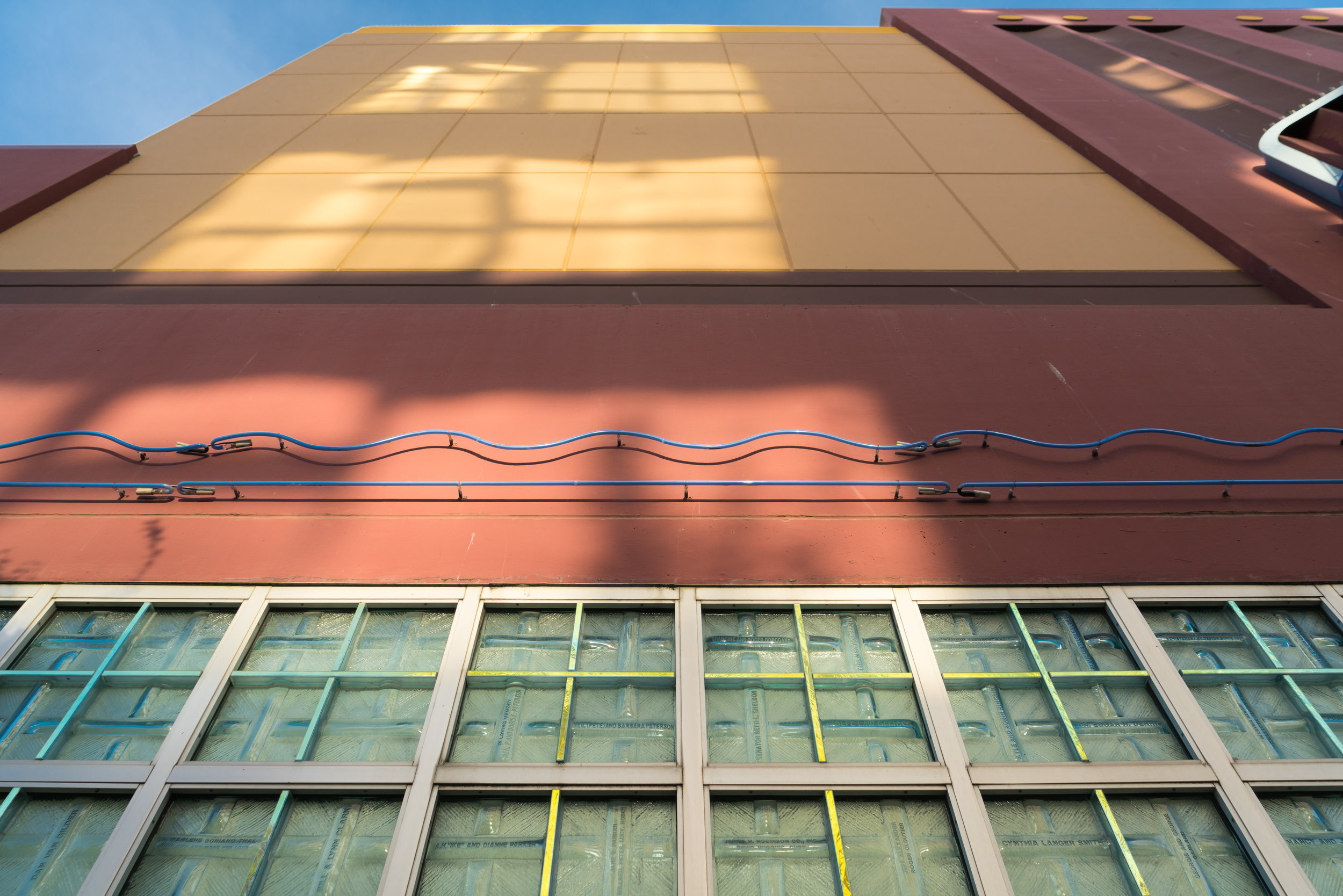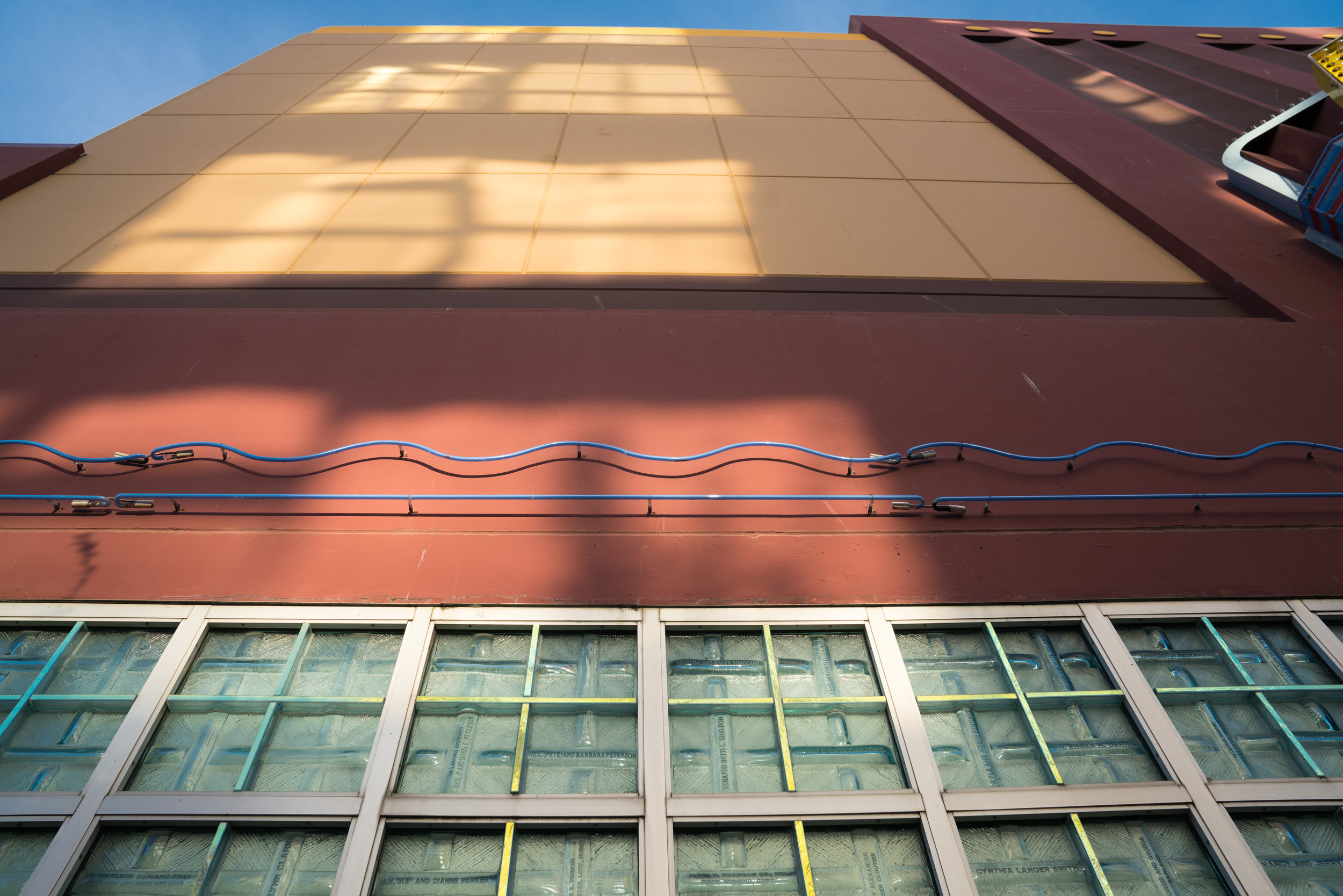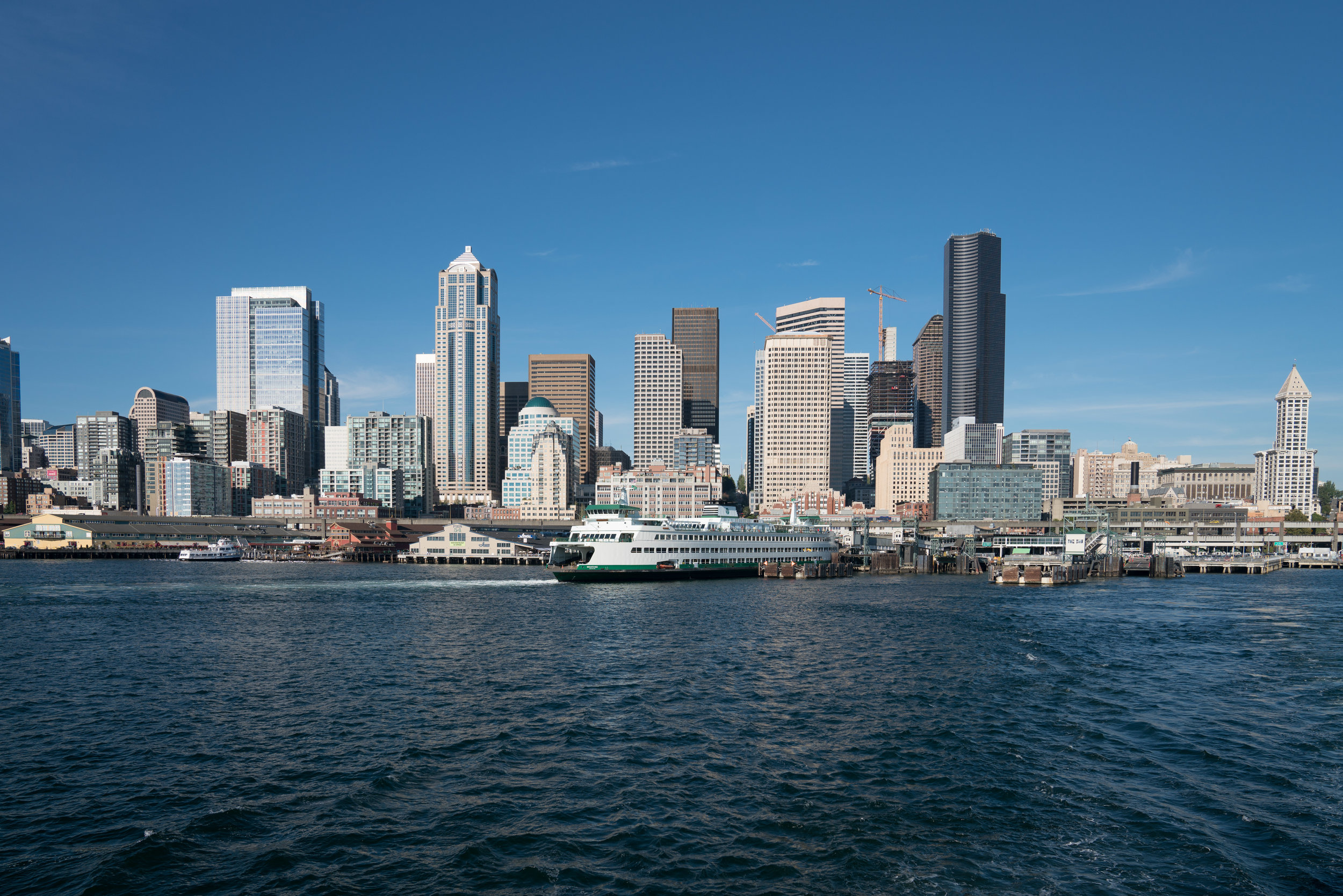Sony Zooms: from 24 to 70 for 3x the price
So first of all, was the above photo taken with a $600 zoom or a $2200 zoom? Can't tell? Then keep reading. Or cheat by scrolling to the end.
Decisions, Decisions
When Sony announced the first mirrorless full frame camera system back in technological prehistory - three years ago - they also released two mid-range zooms: an in-expensive "kit" 28-70mm and a higher quality constant aperture, 24-70 f/4 zoom with the iconic blue "Zeiss" label on it - meaning something like "this lens is expensive and pretty darned good."
The kit zoom was something that sunburnt tourists, liberated from their cruise ship and set out to wander through the local markets, could dangle from their necks (or balance on their protruding bellies) with minimal strain.
The 24-70 f/4 ZA initially met the demands of more discerning Pro's and Prosumers as they basked in bedazzlement at the huge megapixelage of the A7. But bedazzlement gradually gave way to boredom followed by the clamor for "more, better, faster," i.e. an f/2.8 lens that would match those from the big boys, Nikon and Canon. Big boys, as in big lenses. Earlier this year Sony announced the gargantuan 24-70 f/2.8 GM which is larger and heavier even than its Canon equivalent. For those of us who travel or who have big hands, this highlights the two problems with the 2.8 GM; first, its size is a bit out of proportion to the A7 series bodies, and second, it kinda reneges on, or at least takes a half step back from, the promise of mirrorless full-frame: smaller than DSLR, without any compromises. I mean, if I want to travel with big, heavy glass then the only reason not to stick to DSLR is if I absolutely hate viewfinders. Which I do. Unless it's bright out. This photo, courtesy CameraSize.com, illustrates:
The first camera in the photo is the diminutive m43 flagship, the Olympus OMD-EM1 with the excellent Zuiko 12-40 f/2.8 PRO lens which is equivalent to 24-80 in full frame speak. The f/2.8 on this lens is roughly equivalent to f/4 on a full-frame in terms of the maximum amount of light, and minimum depth of field. Sure enough, in overall size and weight, the body and lens combination is roughly equivalent to the next camera in the photo, the Sony A7RII with 24-70 f/4 ZA. But the full-frame Sony sensor packs in more then double the resolution of the Olympus, and arguably delivers a higher dynamic range as well. Higher price tag, too. (What does higher sensor resolution and higher dynamic range mean? Some would say it allows you to be lazy. Separate article.)
The third camera/lens combination is the same Sony but with the 'pro' 24-70 f/2.8 GM. As you can see, there is a significant jump in overall size and weight, which catapults it into the same territory as the 'big boys' - Canon and Nikon, cameras #4 and #5, respectively - except the body of the Sony is much smaller than those DSLR's, so the larger lens might be a bit unwieldy. Unless you add a big grip. Which, to me, defeats the purpose of a smaller camera system.
But the tradeoff is worth it, or so they say: the extra sharpness and narrower depth of field capabilities, as well as the lower light capabilities of the larger aperture, make the 24-70 f/2.8 GM clearly superior but at a price.
I spent a weekend with both Sony lenses, and was pleased to see that my original bias was still standing at the end: the smaller 24-70 f/4 is a kick-ass lens that delivers exceptional quality and flexible photo opportunities because of its size. The f/2.8 GM is indeed sharper, but only if you pixel peep and only on a f-stop-to-f-stop comparison. It's great for the studio or perhaps weddings. Which I don't do.
Enough geek speak. Let's peep a little.
Pixel Peeping
These three photos show how similar the two lenses are at widest aperture and widest zoom. Both show the expected distortion from a wide angle lens but that can be "fixed with a click" in LightRoom by tapping the 'Transform' button, as shown in the third photo. Click to peep.
Zooming in to 100% - with 42 megapixels, that's quite a lot - below you can see the f/2.8 GM (on the left) appears to be sharper than the f/4 ZA. For comparison, both photos were taken at f/4. Both were taken hand-held with the focus pointed generally in the area of the viaduct, but who knows for sure. Not me, that's for sure.
Twinsies
Okay that's enough of trying to see which lens is better at 100%. Let's have some fun and see how they both look, side by side, sort of. No tripods, nothing coordinated, just swapping lenses left and right.
In the last pair of photo of the windows, notice the distortion in the one taken with the f/2.8 GM. Now look at the one taken by the f/4 ZA.
Just for Fun
So now let's mix up the photos. See anything that jumps out at you?
Which photo was taken with which lens? Does it matter?
Conclusion
Yes the 24-70 f/2.8 GM is sharper - but only if you use a digital magnifying glass. And unless you are in a controlled environment, you will likely lose opportunities with this honker compared to the smaller and far more flexible 24-70 f/4 ZA. And if you really want to see an obviously superior picture that will make a big difference even to casual observers, go for the smaller, lighter 24-70 f/4 Zeiss, take the money you save by not doing a lemming lurch for the f/ 2.8 GM, and splurge on a prime portrait/tele lens such as the Zeiss Batis 85 f/1.8. Prime always trumps zoom. More on that in the next article.
Tip: Because so many Prosumers dumped the f/4 ZA when the f/2.8 GM came out, you can get some wicked deals on used f/4's. It retails for $1200 but I picked mine up for $600. Compare that to $2200 for the f/2.8.
Follow up: The photo at the top of the page was taken with the f/4 ZA, as you probably could have guessed. Because yes, I am biased.
Coming up:
- A totally unscientific comparison between two remarkably similar looking camera and lens setups from two opposite ends of the pixel spectrum: the Olympus OM-D E-M1 with 12-40 f/2.8 PRO and the Sony A7Rii with 24-70 f/4 ZA.
- What You See is What You Get: Zoom vs Prime on the Sony A7Rii.


